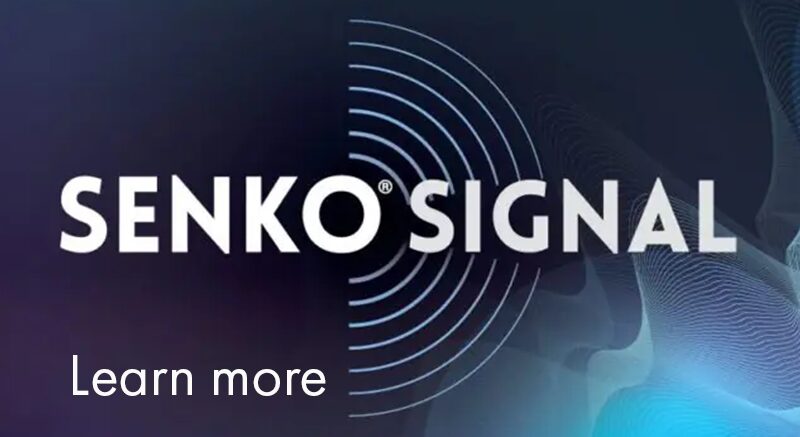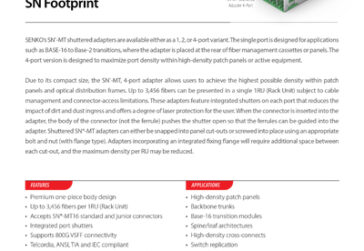Fundamentos dos divisores ópticos
Optical splitters, also known as fiber optic splitters, are integral components in fiber optic networks, enabling one fiber input to be divided into multiple outputs. This capability is crucial in telecommunications, especially in Passive Optical Networks (PONs), where fiber-optic networks must serve multiple users over a shared network. This article explores how optical splitters are manufactured, their operating principles, and their diverse applications.
What Are Optical Splitters?
Optical splitters are passive devices that split a single optical signal into multiple signals or combine multiple signals into a single one. As passive devices, they do not require an external power source to operate, relying solely on the properties of light transmission through fiber. The ability to split light efficiently with minimal signal loss is vital for network designs where multiple endpoints need access to the same optical signal.
Types of Optical Splitters
There are two main types of optical splitters, each serving different network needs:
- Fused Biconic Taper (FBT) Splitters: An older type of splitter that uses heat to fuse fibers together in a tapered structure, where the light is split at varying ratios. FBT splitters are cost-effective and effective for low-split ratio networks (typically 1:2 or 1:4 splits), making them suitable for short-distance applications. The FBT splitter splits light by gradually tapering fibers together, enabling a portion of the light to pass through each fiber. Due to the tapered structure, some light is naturally split at the junction point between fibers. This approach leads to an uneven light distribution but is effective in lower split ratio applications.
- Planar Lightwave Circuit (PLC) Splitters: Modern splitters that use photolithographic techniques and silica waveguides on a semiconductor substrate. PLC splitters provide consistent, reliable performance with low loss across higher split ratios (e.g., 1:32 or 1:64). Their design is ideal for larger networks with a high number of endpoints. The design of PLC splitters allows for consistent and controlled light splitting by guiding the light through the patterned waveguides on the silicon substrate. Each waveguide branch splits light evenly, providing uniform power across all outputs, regardless of the split ratio. This precise control is especially beneficial in PON systems, where even light distribution is essential.

Applications of Optical Splitters
Optical splitters have become essential in telecommunications and other fields where signal sharing across multiple endpoints is crucial. Optical splitter do not require a power supply and allows a single fiber to serve multiple endpoints. It is widely used in FTTx (Fiber to the X) networks as it reduces the number of fibers routed back to the exchange. This feature is crucial, especially in densely populated cities.
Fiber-to-the-Home (FTTH) and Fiber-to-the-Premises (FTTP)
Optical splitters enable the last-mile connectivity for FTTH and FTTP systems by distributing the signal from the service provider to individual homes or premises. PLC splitters, with their high split ratios, are preferred in these applications, allowing multiple residences to share a single fiber line.
Data Centers and Cloud Computing
Data centers require reliable, high-bandwidth connectivity to support the exchange and processing of data among multiple servers. Optical splitters enable the distribution of light signals from a single input to various servers, ensuring efficient data routing within the data center infrastructure.
Cable Television (CATV) Networks
Optical splitters distribute television signals in CATV networks to allow multiple users to receive the same signal simultaneously. By leveraging splitters, CATV providers can reach a broader audience over a shared fiber network without signal degradation.
Optical Sensors and Instrumentation
In specialized industrial and scientific applications, optical splitters distribute light to different sensors, enabling simultaneous measurements at multiple points. Optical sensors are used for monitoring environmental conditions, temperature, pressure, and strain in various fields, including aerospace, civil engineering, and healthcare.
The Future of Optical Splitters
As demand for high-speed internet and extensive data connectivity grows, the use of optical splitters in telecommunication networks and data centers will continue to expand. Research in splitter technology is ongoing, with a focus on increasing efficiency, minimizing signal loss, and developing more resilient, temperature-stable designs. These advances are likely to play a critical role in the evolution of 5G and beyond, where even higher data speeds and connectivity density are expected.
Conclusão
Optical splitters are vital components in fiber-optic networks, enabling signal distribution across multiple endpoints efficiently and reliably. Their manufacturing, whether through FBT or PLC processes, requires precision to ensure effective operation and low signal loss. With applications across telecommunications, data centers, and beyond, optical splitters are foundational to the modern connectivity landscape. As technology advances, these devices will continue to facilitate the high-speed, high-density data networks necessary for the digital age.




